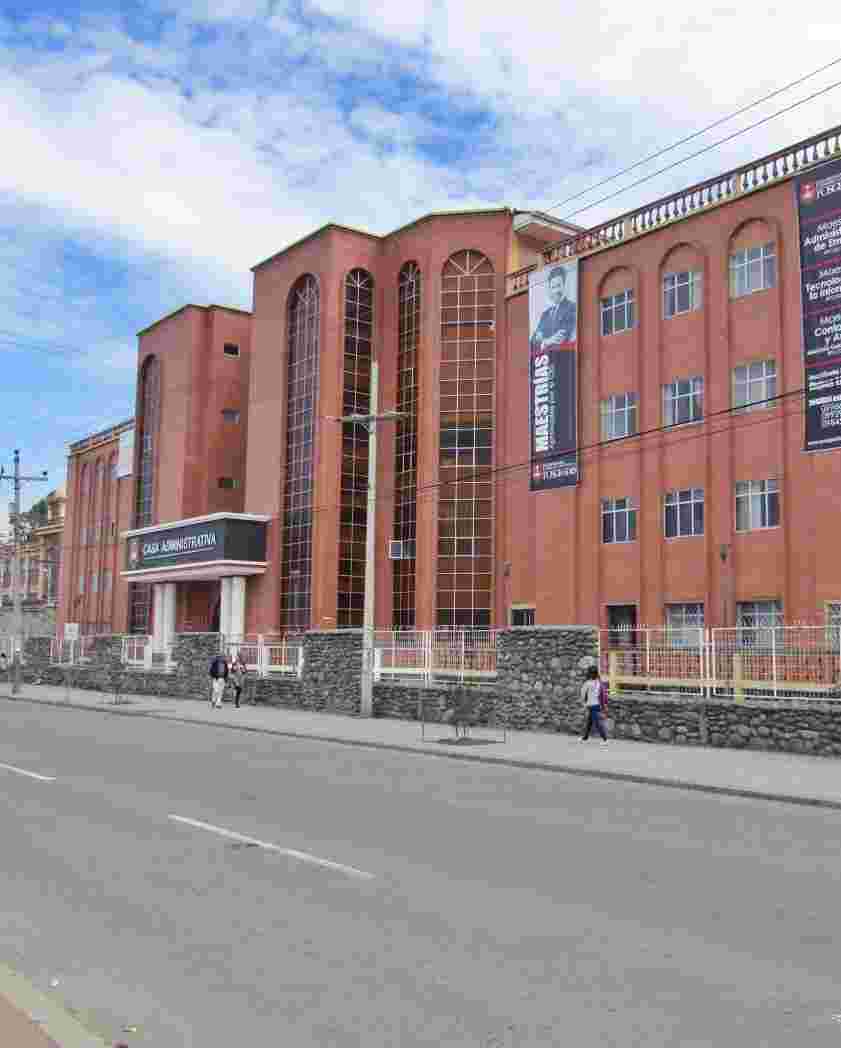Trabajos de Titulación - Sede Azogues - Arquitectura
URI permanente para esta colección
Examinar
Examinando Trabajos de Titulación - Sede Azogues - Arquitectura por Autor "Ávila Verdugo, María Gabriela"
Mostrando 1 - 1 de 1
Resultados por página
Opciones de ordenación
- ÍtemAcceso AbiertoLineamientos paisajísticos en comunidades andinas con valor patrimonial y cultural, caso de estudio: Quilloac - cantón Cañar(Universidad Católica de Cuenca., 2018) Ávila Verdugo, María Gabriela; Sacoto Molina, Diana Monserrathe; 0301523916; ., .Urban growth has been studied from the consideration of the environmental impact caused by this phenomenon; However, the effects of this growth go beyond the environmental perspective, and it may lead to the disappearance of communities, specific cultural groups, and traditional landscapes. The present case of study focuses on the community of Quilloac, belonging to the canton of Cañar; which stands out for maintaining ancestral traditions and specific socio-cultural characteristics that distinguish it from other indigenous groups within the canton. The urban growth of the city of Cañar affects it directly, due to its proximity. This problem occurs especially when there are no public policies that regulate the space of these communities in consideration with the landscape, although this is a key element in the conservation of cultural features of human groups. This research analyzes this problem in order to provide a solution through generating guidelines that have the concept of cultural landscape as a basis for the regulation of space for the community of Quilloac, based on a literature review and a mapping that allowed to detect the areas that have been most affected by the expansion of the city of Cañar, identify landscape components, determine functional units according to the uses that have been given to the soil by the members of the community, under considerations that seek to preserve the landscape of the area. The results of this investigation determined five landscape units, highlighting among the proposal the strict conservation of areas of cultural and religious importance for the locality, as well as the need to promote the appropriate use of the units according to their characteristics, together with the possible architectural interventions that would be allowed in each unit.








